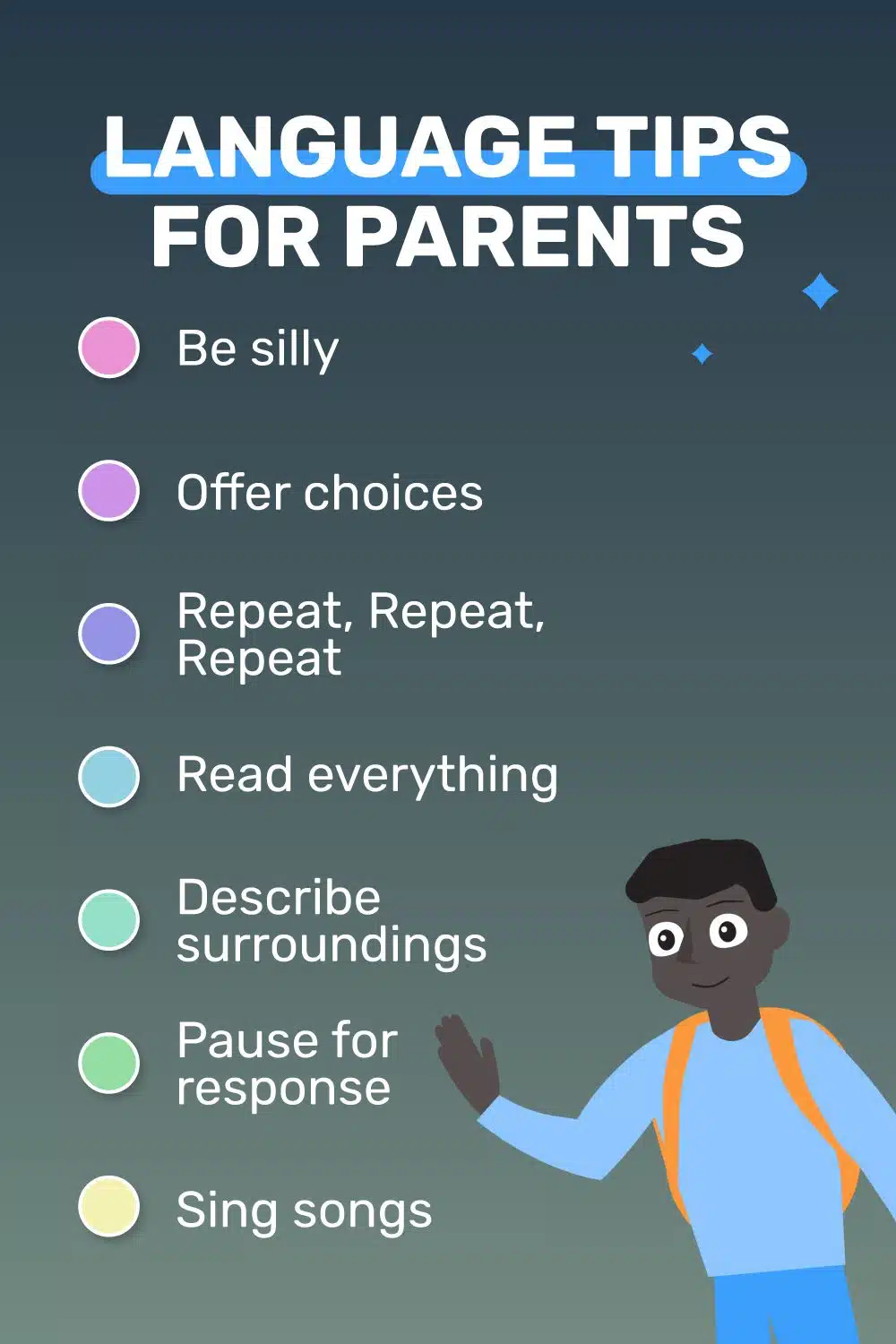Symptoms of Global Developmental Delay (GDD) can vary, but it’s essential for parents to recognize the signs early to provide timely support for their child’s development. Here are some key indicators to watch for:
- Delays in reaching developmental milestones like walking, talking, or potty training.
- Difficulties with fine and gross motor skills, such as holding objects or balancing.
- Challenges in social interactions, like making eye contact or playing with others.
- Limited communication skills and difficulty understanding instructions.
- Behavioral issues or signs of frustration due to communication barriers.
Understanding these symptoms can empower parents to take early action, seeking professional evaluations and support for their child’s development. Goally’s tablet offers fun apps, such as digital visual schedules, AAC, gamified learning, emotional regulation tools, and social skills training videos, to help kids with Global Developmental Delay (GDD) enhance their life and language skills.
This post was originally published on Feb. 2, 2023. It was updated on July 21, 2023.













